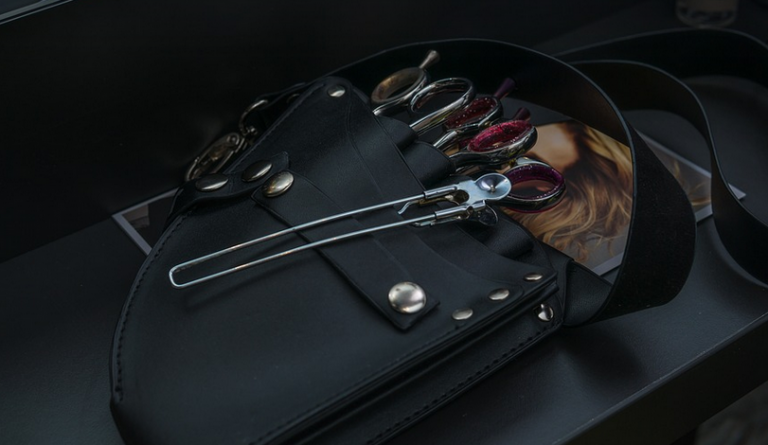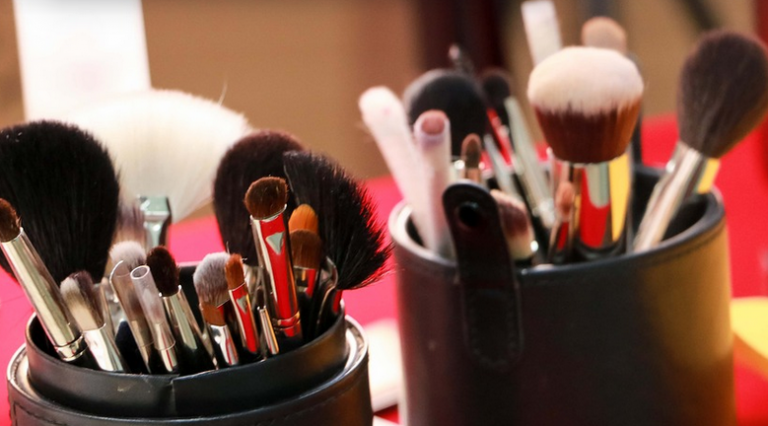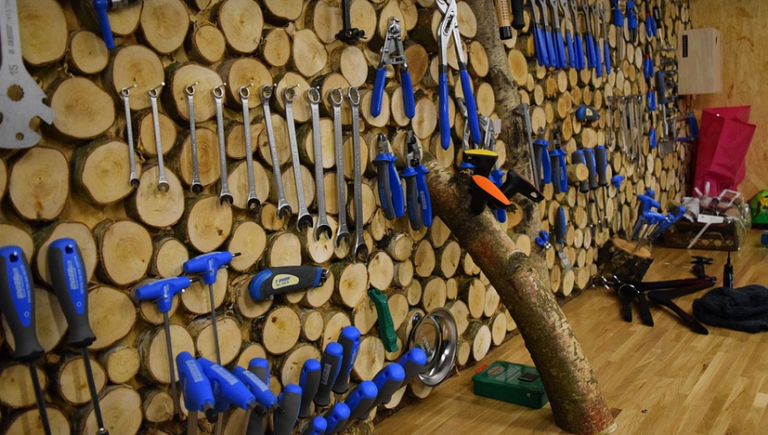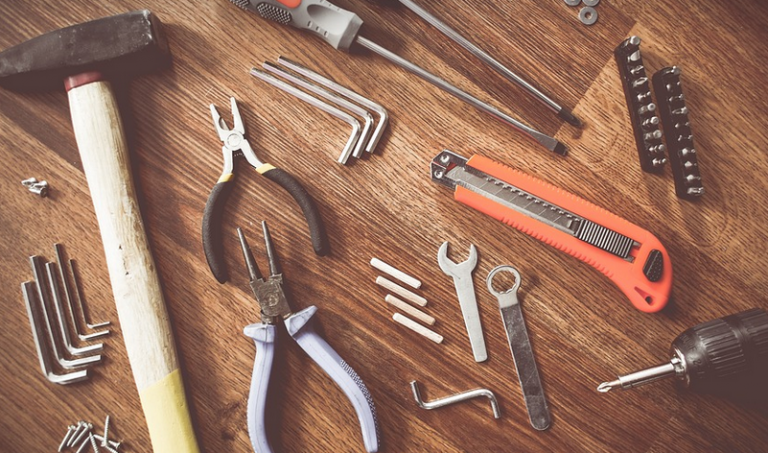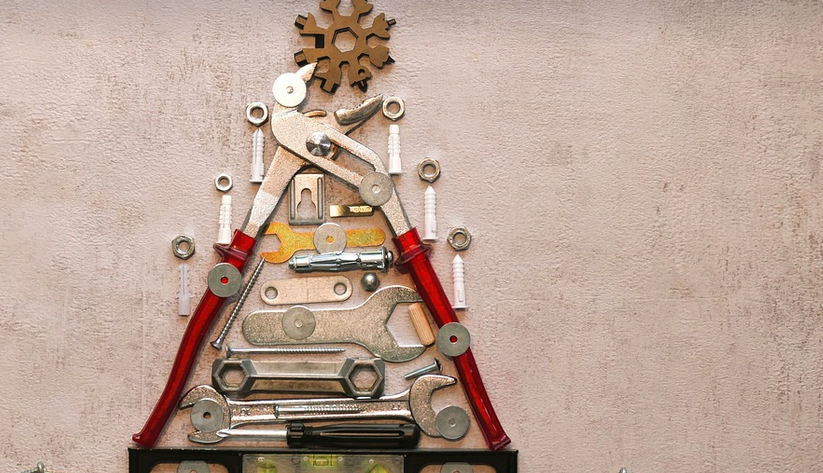
Navigating the World of Personal Safety Tools
As a woman navigating life in our modern world, it’s more important than ever to be prepared. While no single tool can guarantee safety from every threat, self-defense knives have grown in popularity as a form of personal protection for women. But with so many options available, finding the right one can feel overwhelming.
The question is: What exactly makes a self-defense knife effective? A good self-defense knife goes beyond simply being a tool; it’s a combination of factors designed to give you confidence and a genuine edge in potentially dangerous situations.
There’s a misconception that carrying sharp objects automatically translates into invincibility. It’s more about understanding your own safety, your environment, and how a knife can be used as a tool for self-defense.
This guide will help you explore the world of self-defense knives and make an informed decision that feels right for you. We’ll dive into various types, their functionalities, legal considerations, and most importantly, your personal needs.
Choosing The Right Self Defense Knife: Finding Your Perfect Match
First things first, the safety of yourself and others is paramount. While it’s tempting to jump on a trend, we want to ensure you understand the practical aspects of self-defense tools. Before diving into specific models, consider these core elements:
1. **Your Skill Level and Comfort:** Are you familiar with using knives? If not, starting with an auto-locking blade may be more manageable. Conversely, if you’re a confident user, a fixed blade might suit your style.
2. **Intended Use:** Do you want to defend yourself against physical assaults or simply deter potential aggressors? Knowing this helps narrow down your options.
3. **Size and Weight:** A heavy knife, while powerful in the right hands, can be cumbersome. Consider a blade that feels balanced and comfortable for everyday carry.
4. **Blade Style:** The style of the blade affects its function. Common styles include:
- **Drop Point:** Versatile, suitable for various attacks and defense techniques.
- **Clip Point:** Good for piercing and thrusting, ideal for close-quarters combat.
- **Tanto/Spear Point:** Offers a wider cutting angle for deeper cuts, often favored by tactical enthusiasts.
5. **Knife Material:** Durability is key. Choose blades made from high-quality stainless steel or titanium to prevent rust and maintain sharpness over time.
6. **Legal Considerations:** Understand your local laws regarding self-defense knives and ensure you are carrying them legally.
**Remember:** A knife is a tool, not a guaranteed solution. Training in de-escalation techniques, situational awareness, and self-defense principles will complement your blade choice significantly.
Beyond the Blade: Safety & Legal Considerations
Carrying a self-defense knife comes with responsibilities. It’s important to be aware of local laws and regulations regarding their use. Self-defense knives are considered weapons, and their legality varies greatly from state to state. Always familiarize yourself with your area’s specific rules.
Before purchasing a self-defense knife, consider the following:
- **Legal Rights:** Research the legal aspects of carrying knives in your location.
- **Training and Practice:** Sharpening skills through training is crucial! A good self-defense course can teach you how to safely and effectively use a knife in real-life situations.
- **Responsible Use:** Remember, wielding a knife can be dangerous. Practice safe handling techniques and understand the potential consequences before using it in any situation.
**Safety First!** Always prioritize your safety and the well-being of others when considering self-defense tools.
Self-Defense Knife Types for Women: Finding Your Perfect Match
With numerous styles available, selecting the right self-defense knife can feel overwhelming. Here are some popular options for women:
- **Folding knives:** Compact and easy to carry, ideal for everyday use, with a lock mechanism that ensures safety.
- **Fixed blade knives:** Solid builds and durability make them perfect for individuals seeking more aggressive defense techniques.
- **Spring-assisted knives:** These offer quick deployments, requiring less effort than manually flipping the blade open, making them efficient for self-defense situations.
- **Automatic knives:** Convenient for opening swiftly with a simple press of a button. They require an understanding of safe usage and potentially have specific legal restrictions.
Finding Your Ideal Self-Defense Knife: A Guide To Choosing the Right Weapon
The best self-defense knife is one that fits your individual needs and preferences. Factors like lifestyle, training skills, and intended use play a significant role in choosing a knife:
- **Lifestyle:** If you lead an active life, prioritize a lightweight, well-designed knife for easy maneuverability.
- **Training level:** Beginners may prefer knives with easier functionality, while experienced users might favor more intricate designs.
- **Intended use:** For everyday carry, opt for a compact and reliable blade; for self-defense situations requiring deeper cuts, consider a fixed blade or spring-assisted knife.
**Remember:** A well-chosen self-defense tool isn’t just about the blade. The handle design, weight balance, and overall ergonomics significantly impact how comfortable and efficient you feel using it.
Beyond the Blade: Additional Self-Defense Tools
While a good self-defense knife can enhance your personal safety, additional tools can complement it effectively. Consider these options to build a comprehensive toolkit for self-defense:
- **Pepper spray:** A potent deterrent that incapacitates attackers and provides time for escape.
- **Personal alarm:** A loud siren attracts attention in dangerous situations, giving you time to defend yourself or get help.
- **Self-defense keychain:** Many offer sharp edges that can deter attackers before they reach a vulnerable point, often used as an initial deterrent.
Remember, these tools are not substitutes for proper training and awareness. They work best when combined with self-defense techniques and responsible use.
Safety & Legal Considerations: Navigating the Rules
Self-defense tools require careful consideration of legal regulations. These rules vary significantly from state to state, so it’s essential to research your specific local laws before carrying a knife:
- **Legal restrictions:** Familiarize yourself with your area’s laws regarding self-defense knives. For instance, some states prohibit openly carrying certain types of blades.
- **Training and Skills:** Proper use requires understanding the techniques associated with a knife. Consider enrolling in a self-defense course to learn safe handling practices and legal considerations.
- **Responsibility for Use:** Remember that owning a self-defense knife comes with responsibility. Always prioritize safety, ensure your training is consistent, and be aware of potential consequences before using it.
Self-Defense Knives: A Guide For Women
Women face unique challenges when navigating the world. Carrying a self-defense knife can empower women to feel more in control and prepared for potential dangers.
For many, a knife is not just about protection; it’s about feeling confident and empowered in challenging situations. It’s a tool that promotes safety and allows women to make informed choices when facing unpredictable scenarios.
